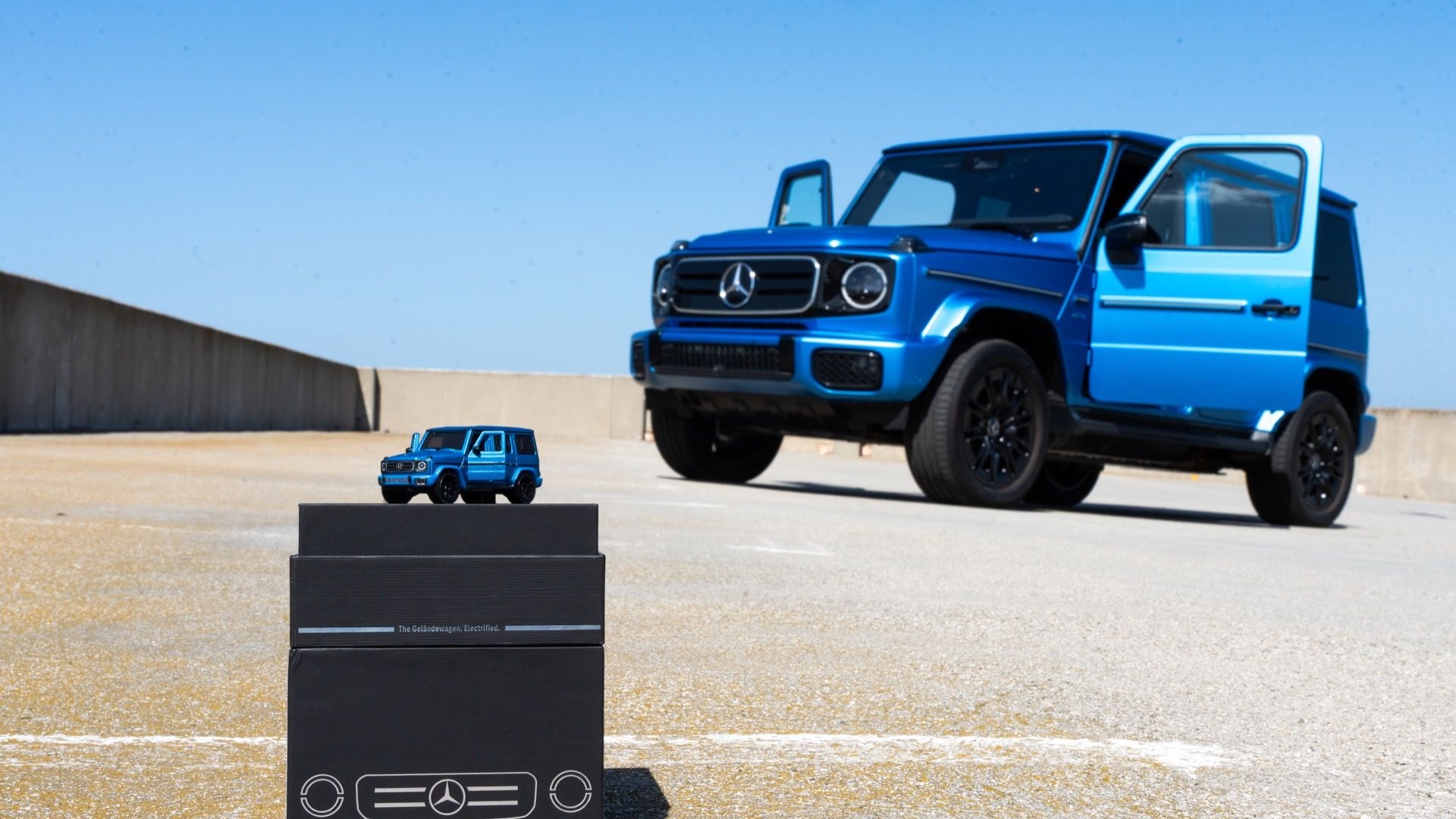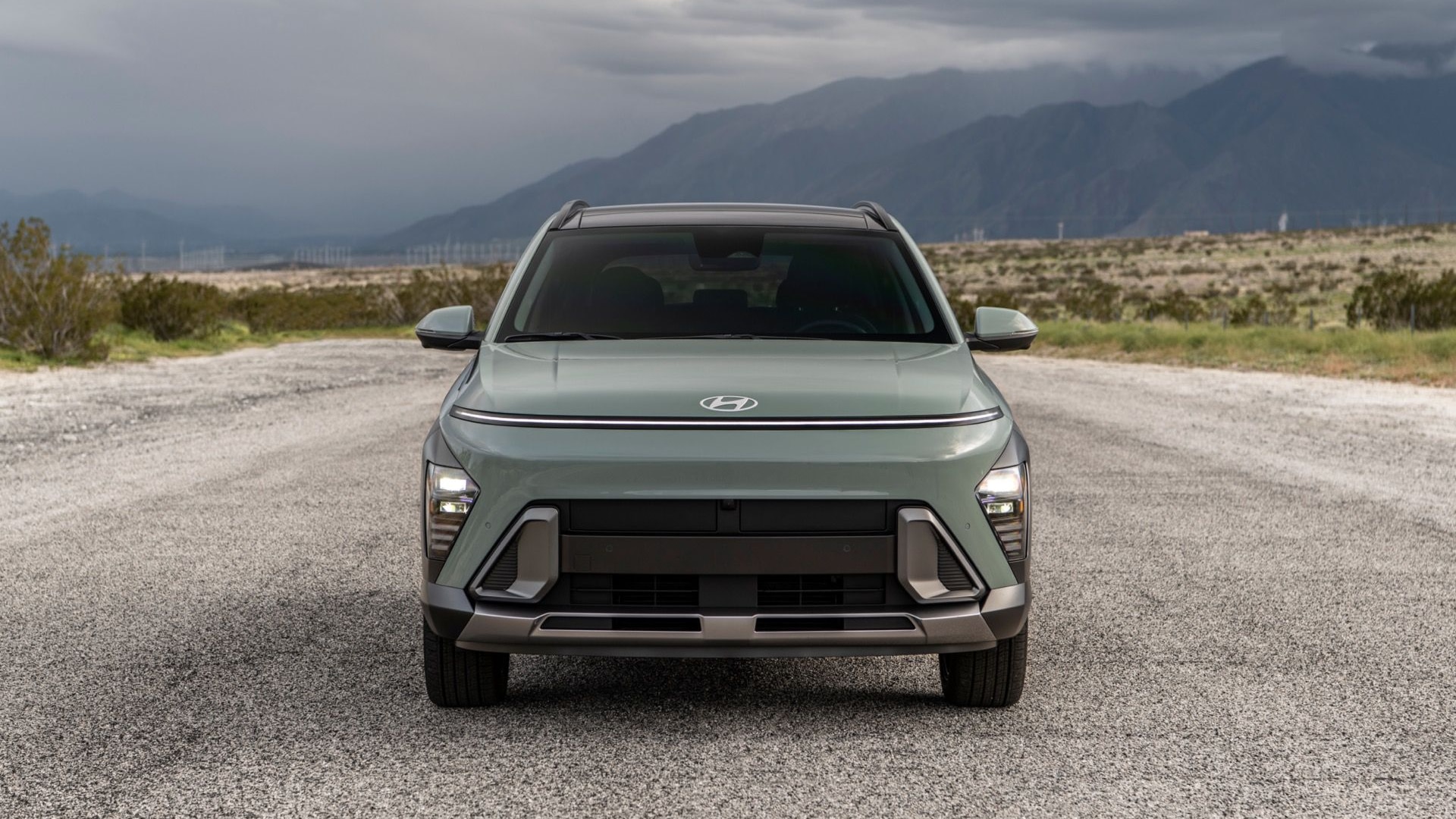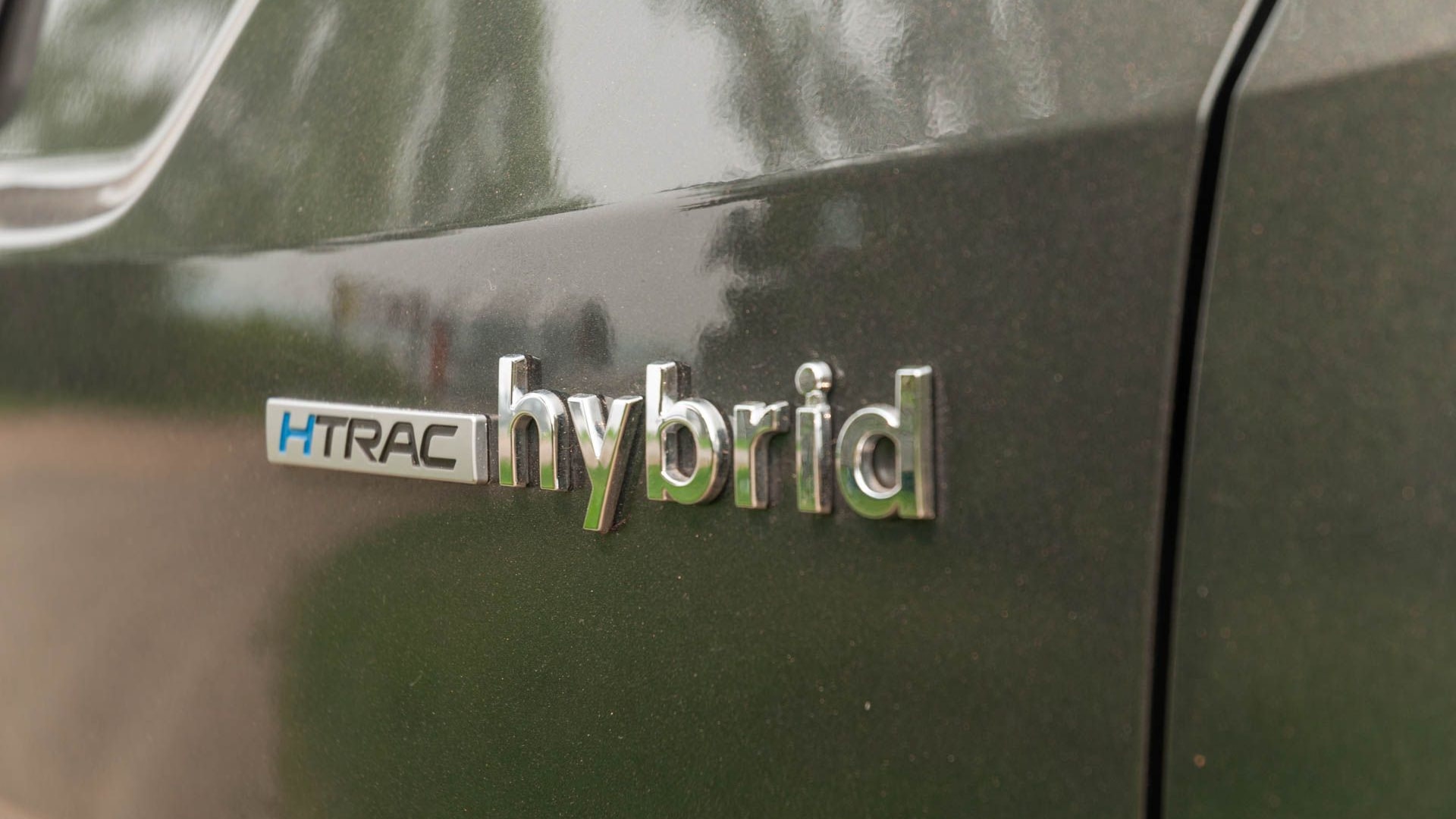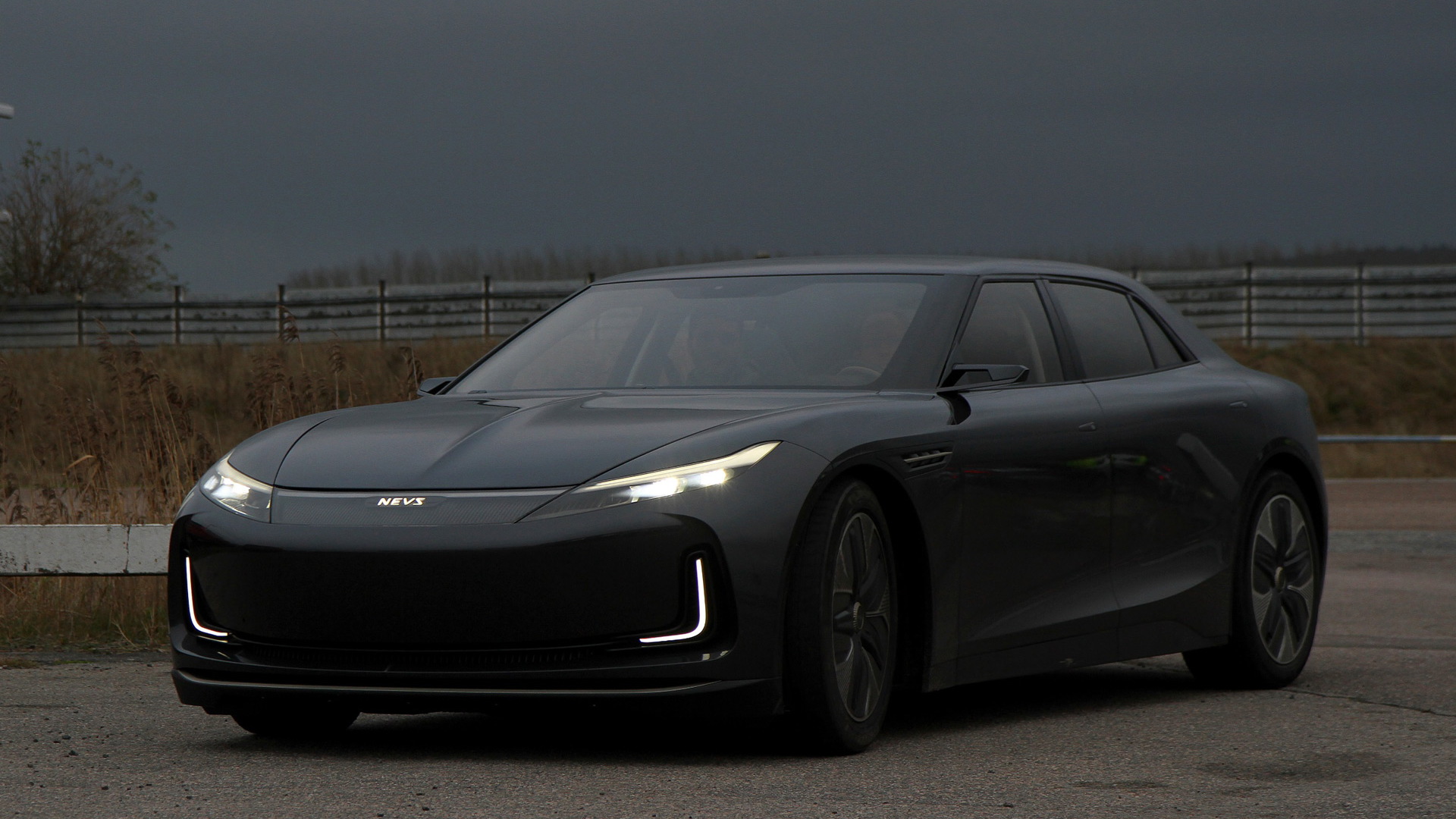Legacy automakers are still losing thousands of dollars on many EV sales, according to newly published analysis from the Boston Consulting Group.
BCG estimates that most automakers lose around $6,000 on each EV they effectively sell for $50,000, that price accounting for any tax credits or other incentives the customer might be eligible for.
Automakers will only be able to close about half of that cost gap with technology choices, BCG estimates. Economies of scale created by ramp-ups of EV production will help, but won't completely close the gap either, according to analysts, adding that this could be a problem for legacy automakers in the U.S. market if heavily-subsidized Chinese EVs ever break through here.
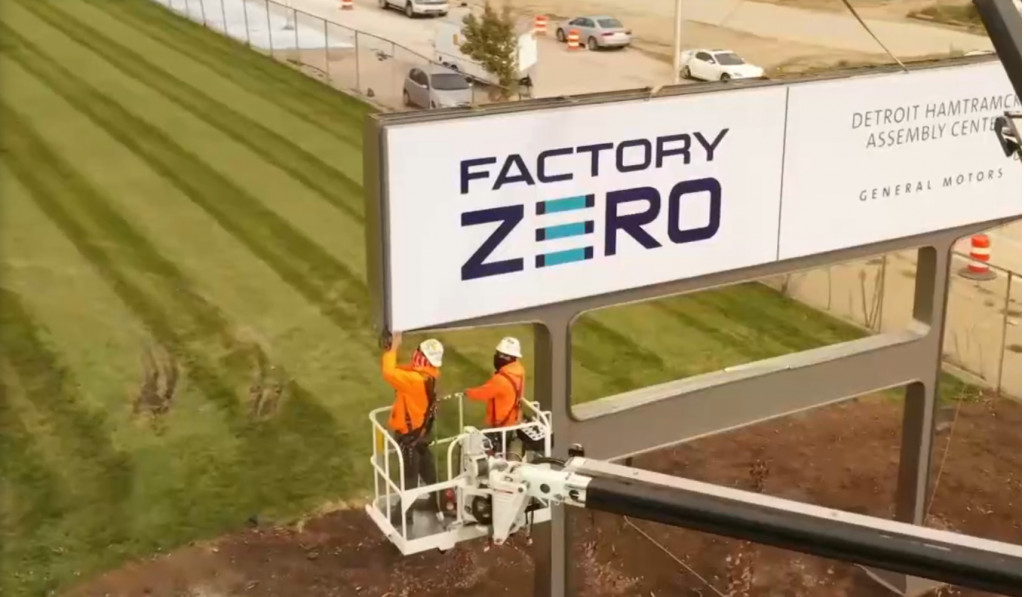
Factory Zero - GM Detroit-Hamtramck revamped for EVs
"Closing the cost-profitability gap will require help from elsewhere, whether through more aggressive efficiency programs, additional public support, or both," according to BCG. One possibility floated by analysts is linking financial incentives to range or efficiency. And, as in most discussions of ways to grow EV adoption, expansion of charging infrastructure will likely be a factor as well.
This all a bit surprising, as several legacy automakers are already into the programs in which they were supposed to be turning a profit on EVs—or at least have it in sight.
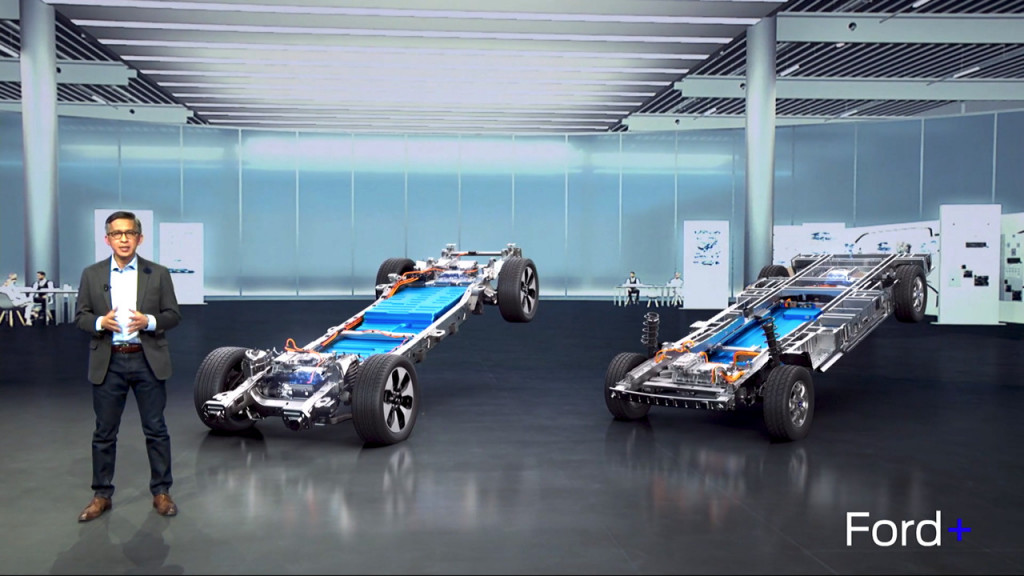
Ford EV platforms for mid-decade, presented by Hau Thai-Tang
General Motors, for instance, suggested in 2018 that it could make money on future EVs, by 2021, and then last year Mary Barra suggested it could already do it for models above $40,000.
The simple answer may rest on volume. GM was supposed to be producing hundreds of thousands of its Ultium EVs annually by now. Tesla is turning a profit on its EVs, but it definitely helps to have the bestselling vehicle on the planet and no legacy internal-combustion business to tend to. Ford in February announced a new strategy focusing on smaller, lower-cost EVs at higher volume, to tackle potential Chinese rivals.
Stellantis CEO Carlos Tavares has said that EVs cost the company 50% more to make, however, and it's not a premium that can be passed along in the final price. A new round of incentives, a continued drop in EV battery prices, and other factors like tariffs aimed at blocking Chinese automakers from importing cars from Mexico could also change the profitability equation for U.S. automakers.
